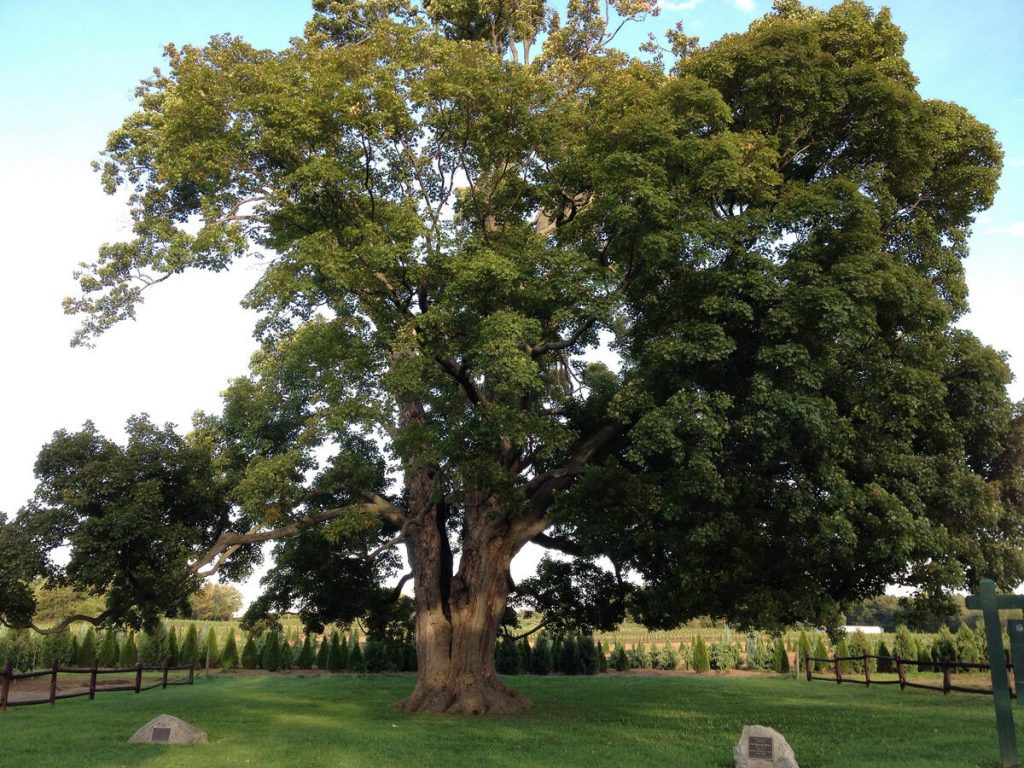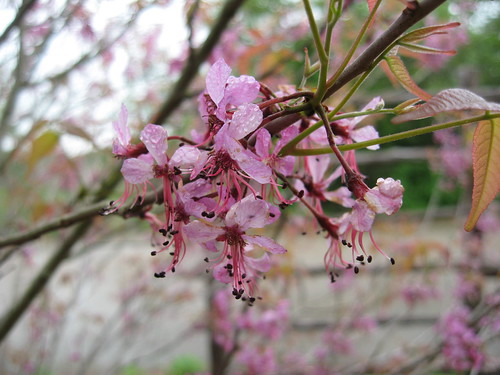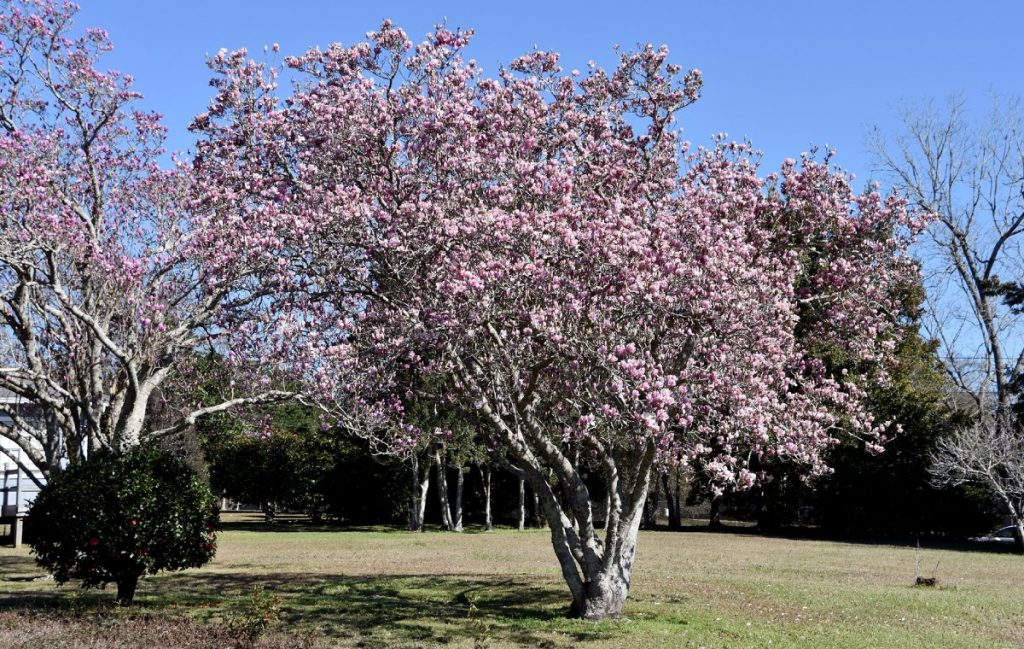
How to Trim an Oak Tree Without Killing It
Date November 11, 2021
Category
A beautiful oak tree is an asset to any landscaping. As an essential part of our ecosystem fostering many food sources and habitats for birds, plants, and wildlife, how can we help keep them healthy and thriving wherever they may grow? Here are some top tree tips for doing just that!
Can Trimming Kill an Oak Tree?
Absolutely, and when it comes to oak trees, age matters! If your oak is 3 years old or younger, you can snip the dead or damaged branches to minimize potential disease risk that might further harm the entire tree; if older than 3 years, limbs that have turned back inward towards the trunk should be removed entirely. With the dead limb gone, your trees can now focus on supporting their existing appendages and any possible regrowth! Trimming oak trees allows for better distribution of tree nutrition and room for other branches to grow more consistently.
Carefully Trim Only in the Winter
Timing of pruning matters for most trees, but it’s an especially critical consideration for oak trees. Only ever prune oak trees in winter. They can develop an often fatal disease known as Oak Wilt, spread by infected pests attracted to any open wounds (e.g., from branches rubbing against each other or pruning cuts) and feeding on the sap from the freshly shorn trees. These bugs are most active in the warmer summer months between April and October, so your best chance to avoid them is when they’re dormant in the cold.
Speaking of pruning cuts, they can be very helpful in stimulating new growth, but be careful as extremely cold temperatures can spoil all that help, too. As it gets closer to winter, plants reduce their energy use and convert it to reserves. If any growth is encouraged at this time, it will misuse those resources and lead to dieback in the event of a freeze.
Another factor to consider is the lack of foliage in winter. Leaves can impede your view of where cuts need to be made to the tree’s structure, risking improper cuts and stress to the tree. Oak trees don’t exactly handle extreme pruning well, so be very intentional and thoughtful of which limbs you snip. Never trim off more than 15% of the branches at any one time. If in any doubt about your pruning plans, give an ISA-certified arborist like TreeNewal a call to help you make more confident decisions.
Best Pruning Practices
More like what best NOT to do! Here are 4 common mistakes when it comes to the cutting methods.
1. Heading cuts
- This cuts a branch back to an indiscriminate point that may ultimately disjoint the natural regrowth pattern. Occasionally, a heading cut is appropriate, but it’s best to leave that call to tree trimming experts.
2. Lion tailing
- The removal of interior branches and leaving the leaves and growth only at branch ends. Lion tailing will remove too much foliage needed for photosynthesis and leave the tree vulnerable to wind damage and sunscald. It will also improperly redistribute weight to the weaker ends of branches and increase the presence of water sprouts, which are a sign of stress that the tree is developing new growth too quickly to compensate for photosynthesis.
3. Flush cuts
- Perhaps the most common pruning mistake, a flush cut, happens when a branch is pruned flush with the point of attachment. This action critically disturbs the branch collar, the enlarged tissue at a branch’s base necessary to produce a cap over the pruning cut. If the wound cannot be naturally sealed, the cut becomes an accessible entrance for pests and bacteria to sneak in and harm the tree, if not outright kill it.
- Be sure to cut just past the collar to leave encouraging room for the wound to seal itself.
4. Stub cuts
- These are essentially the antithesis of flesh cuts. Stub cuts happen when a limb isn’t pruned closely enough to the branch collar; here, the stub is too long for the tree to form a seal over the wound.
- An essential rule of thumb: If a hat could hang off the branch stub, it’s too long.
INSTEAD, use the 3-cut method!
To avoid bark damage caused by an unwise singular cut to a large branch, split the process into 3 clean steps.
- Make the first shallow cut on the underside of the branch roughly 1 to 2 inches out from the branch collar where the branch attaches to the trunk. It will help avoid any tearing to the bark should the branch fall unexpectedly during the cutting.
- Then, cut approximately 2 to 4 inches from the branch collar to remove the limb. Only a modest stub should be left behind at this point. (Remember the critical rule of thumb!)
- Lastly, remove the remaining stub by cutting slightly past the branch collar.
What To Do After Pruning
To give your trees the best chance for success, apply a pruning sealant to all wounds, no matter the season. This waterproof petroleum-based paint spreads over the exposed area and acts as a bandage to protect the tree underneath as it heals. Be sure to properly dispose of any removed questionable branches to help manage and prevent the spread of disease.
If you feel overwhelmed and need assistance caring for your Texas oaks from professional tree care experts, don’t hesitate to drop a line to the ISA-certified arborists at TreeNewal for tailored tree care advice.
To learn more about How to Trim an Oak Tree Without Killing It, call our Argyle and Southlake-based teams
at tel:(817) 592-6846 or send us a message.
We’re a little different than the average tree services company.
Learn more about TreeNewal’s ISA Certified Arborists!
Our Dallas/Fort Worth-based tree doctors can explain how sustainable tree care services add more value to your bottom line.
Healthy trees, healthy lives.








